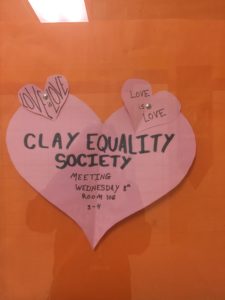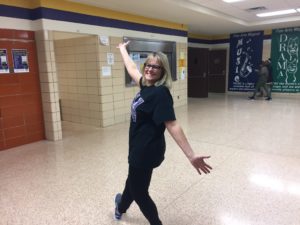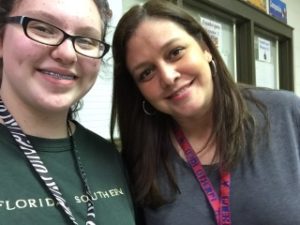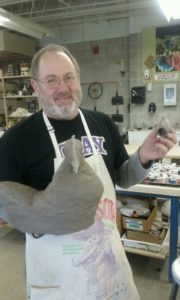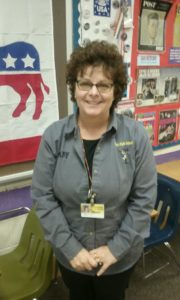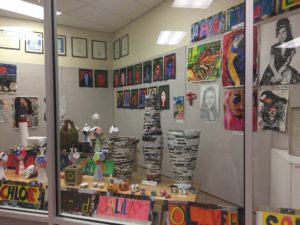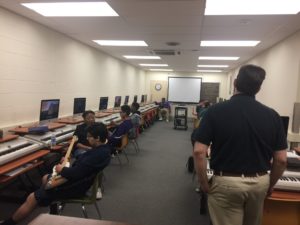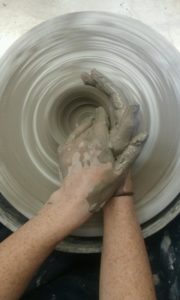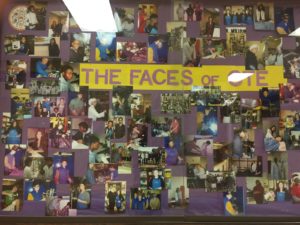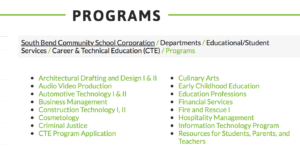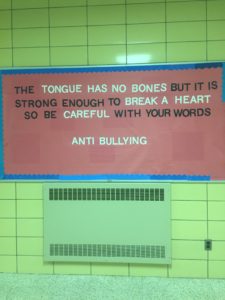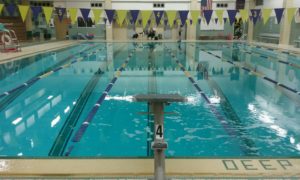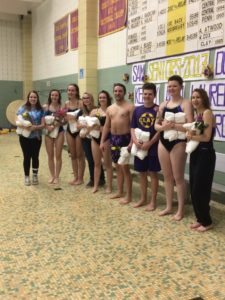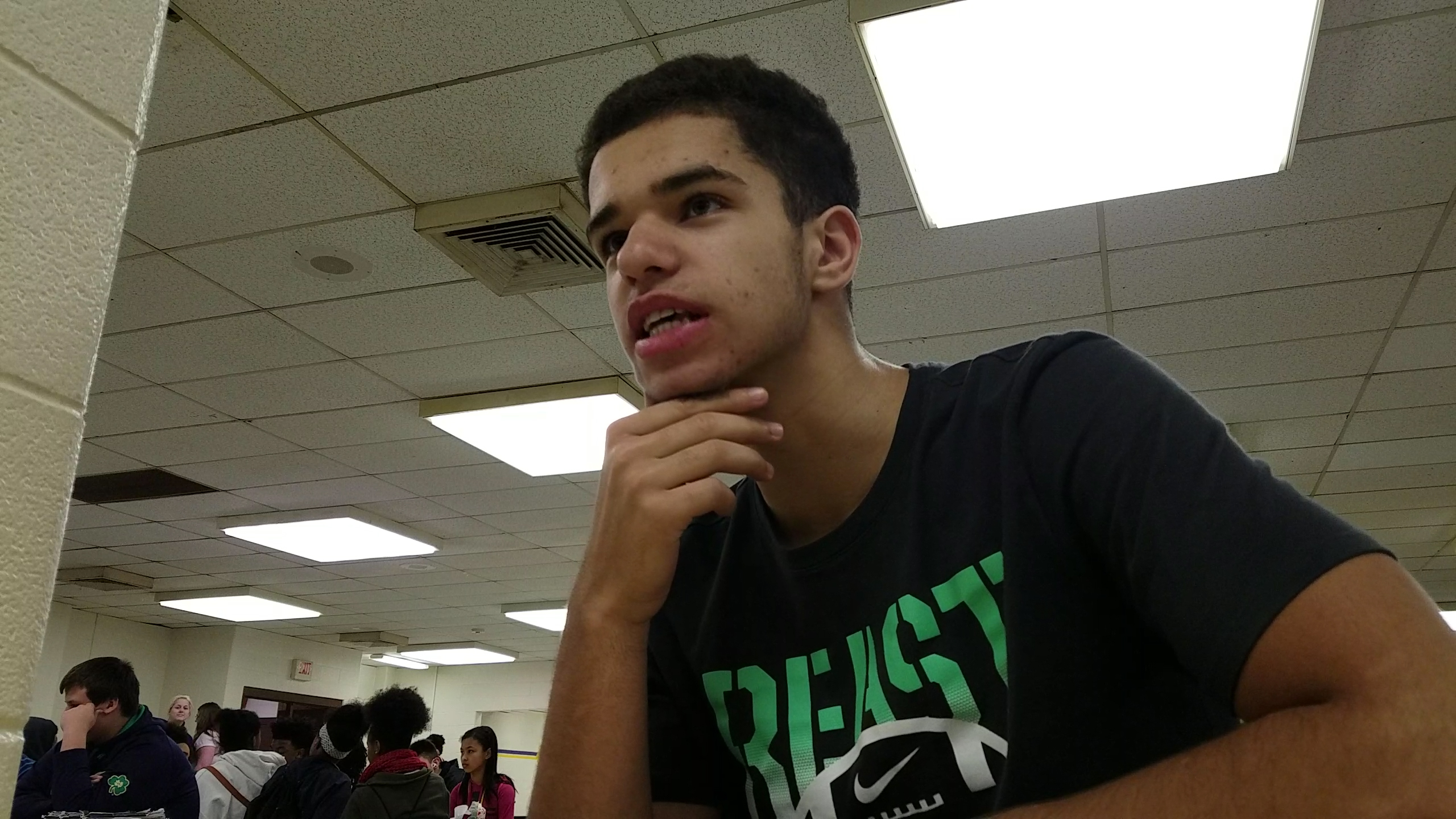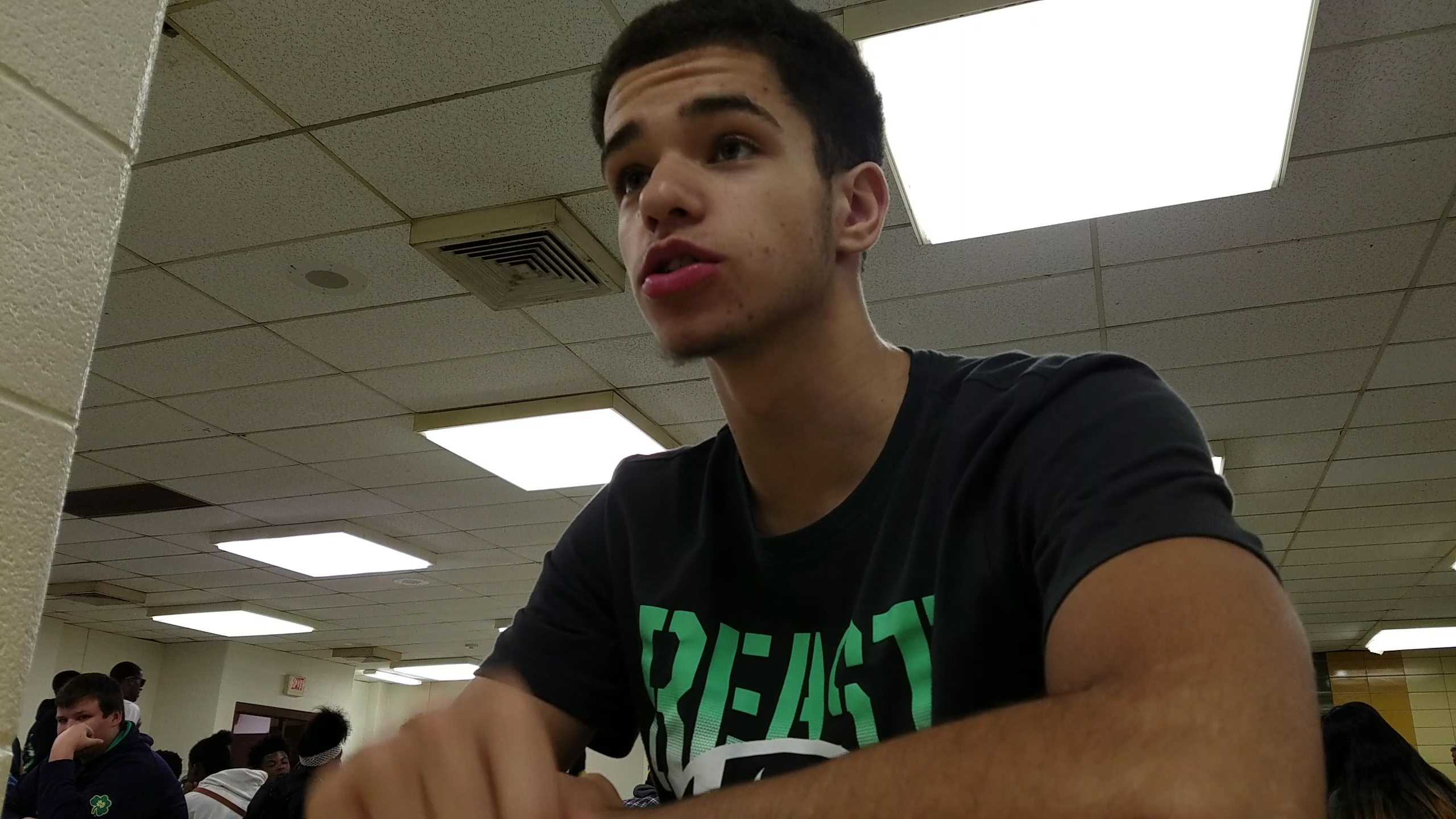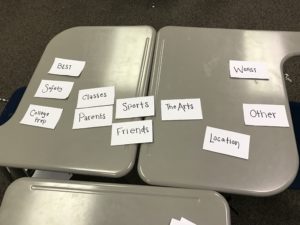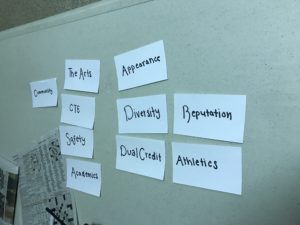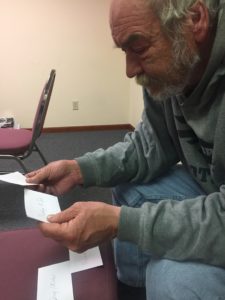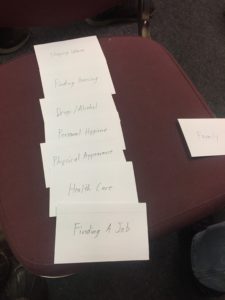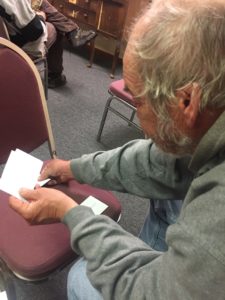Ethnography Summary: Cherri Peate
Date: 2/8/17
Type: Interview
Location: Mendoza College of Business
Team Participants: Paul Cepak, Matthew McCormick, & Parker Mathes
User Characteristics:
- Community Outreach Director — Office of the Mayor
- 2013 – Present (4 yrs.)
- Indiana University and DePaul graduate
- Sociology concentration
- Statistics/Research
- Female
- Passion for public policy
- Primary focus lies in areas other than homelessness
Abstract: Cherri is was our first touchpoint. We had a 40 minute conference call in which we learned more about the parameters of our project and the problem of homeless in South Bend. We refined our scope to chronic homelessness with a specific focus on how the issues of mental health and criminal records affect individuals trying to escape homelessness and regain sustainable independence.
What is this person’s greatest asset to our project? Knowledge and Network. Through our conversation we were quickly brought up to speed on all necessary information and immediately put in touch with other individuals/organizations in the community. Leveraging Cherri’s network was an important launching pad for our project.
Top 3 Learnings:
- The scope of our project will focus on those categorized as being chronically homeless, addressing both how to get them out of their current state of homelessness and how to prevent them from falling back into homelessness.
- Perspective: Eyes of someone about to be homeless
- South Bend has many resources for the homeless population, including the Center for the Homeless, weather amnesty, and many soup kitchens. There are programs in place. Now how do we help drive improvement?
- A large percentage of chronically homeless individuals are afflicted with a mental illness, increasing the difficulty of exiting their current state of homelessness. Additionally, many also have criminal records, decreasing the likelihood of receiving sustainable future employment.
Key Insights:
- Cherri helped us realize there are many people we can reach out to and many different volunteer/interview opportunities available on a weekly basis
- Although seemingly obvious, many of the homeless individuals struggle with extenuating circumstances (i.e. mental illness, criminal record, & injury)
- Point in Time statistics provide accurate numbers on SB homeless population
Memorable Quote:
“You need to step into their shoes to gather information and devise insightful solutions. Your perspective needs to be from the eyes of someone about to be homeless”
Takeaway:
- Statistics of SB homeless population
- Reach out to Rob Booker, director at SB corrections facility
- Initial contact with Center for the Homeless
- Attend soup kitchen downtown on Friday’s
5 “E” Framework
Entice:
- Reach out initially over email
- Set up phone call 4pm February 8th
Enter:
- Do initial research on SB homeless population
- Prepare questions for Cherri
- Locate destination and coordinate logistics
Engage:
- Conference call with Cherri
- Absorb information on SB homeless population
- Ask questions
Exit:
- Ask Cherri for next steps
- Rob Booker, SB corrections facility
- Center for Homeless
Extend:
- Begin to utilize Cherri’s network
- Reach out Rob, set up time to meet in person
- Attending the downtown soup kitchen, engage homeless population for firs time

